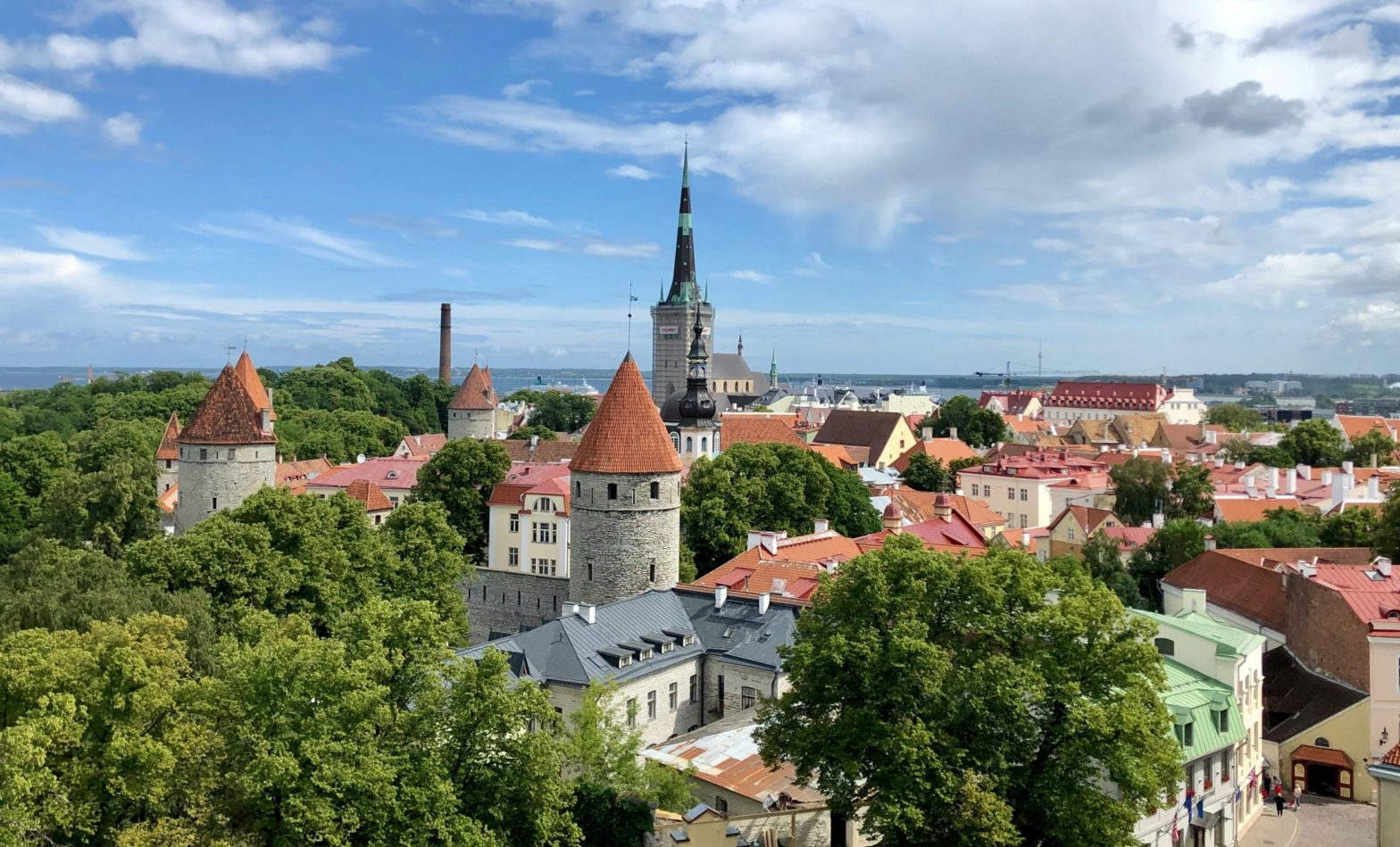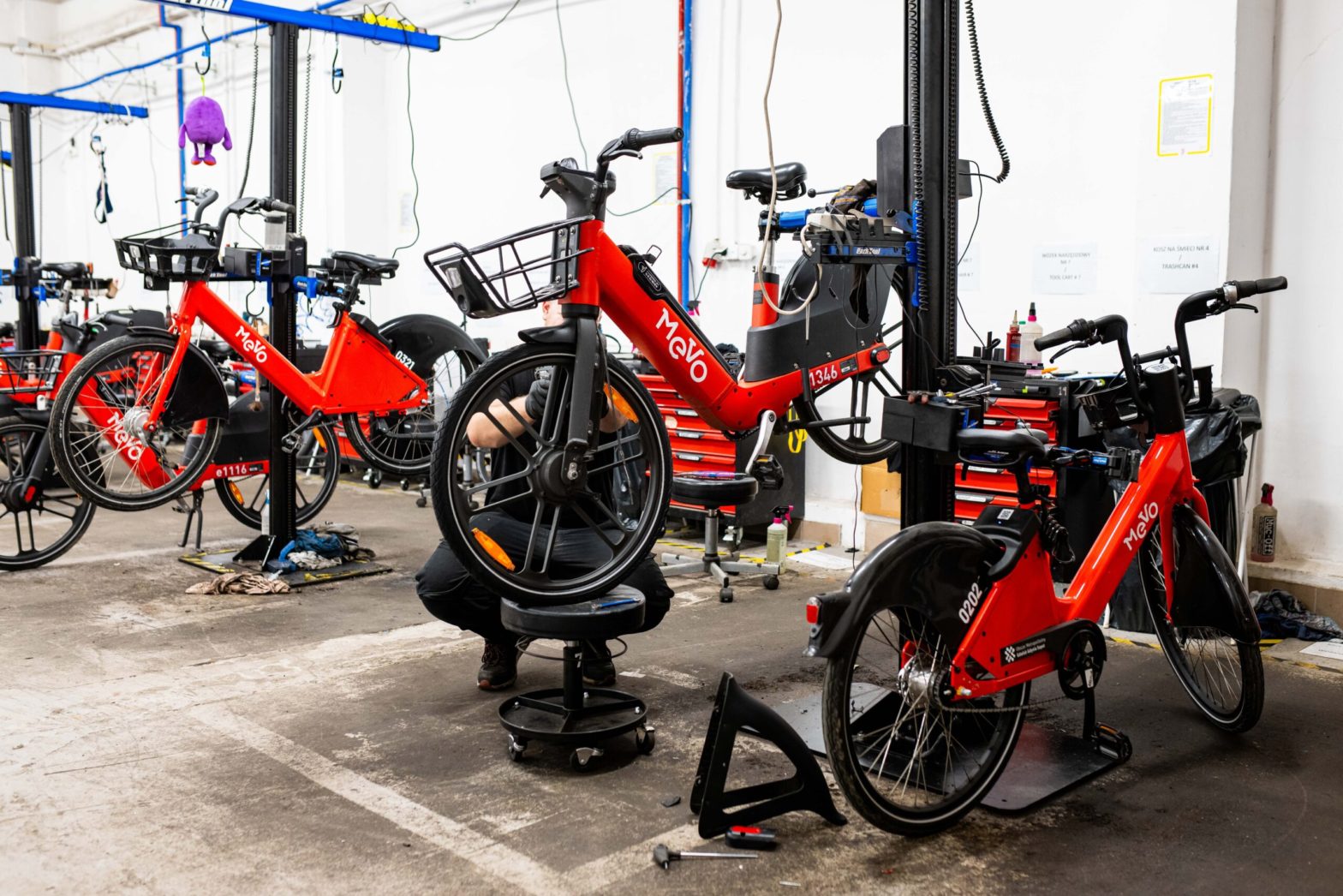
Photo: karson-unsplash
Tallinn unveils noise reduction plan to improve health and housing
20 February 2025
by Christopher Carey
Estonia’s capital Tallinn has announced an action plan to reduce “environmental noise” in public spaces.
The plan will see the city strengthen its public transport network, build more pavements, and expand segregated cycling lanes.
“Noise pollution significantly affects people’s health, as confirmed by researchers from the University of Tartu, the Estonian Health Board, architects, and entrepreneurs,” said Tallinn Deputy Mayor Pärtel-Peeter Pere.
“Additionally, traffic noise in Tallinn hinders business activities. Apartment prices in Tallinn remain high because new residential buildings are not being developed at the necessary rate, as high traffic noise levels prevent the issuance of building permits.
“Due to traffic noise, some construction permits have been denied in the city centre, young children cannot sleep outdoors near their homes, and residents are disturbed by the sound of accelerating motorcycles and cars. The city government is following scientific research and best practices from Nordic cities to address these issues.”
Action plan
The action plan highlights that the primary solution to noise reduction is promoting sustainable mobility by improving public transport, cycling, and pedestrian infrastructure.
The city says it is investing in better roads, tram lines, and public transport corridors while also protecting green areas from noise pollution and improving sound insulation for noise-sensitive buildings.
According to a study by the University of Tartu, reducing average road traffic noise below 50 decibels (dB) citywide could prevent 140 stroke cases and 130 cases of ischemic heart disease annually.
Approximately ten percent of Tallinn’s population suffers from persistent traffic noise, and nearly half are exposed to excessive noise levels, which can have a damaging effect on health.
The city says the main cause of noise pollution is increasing car traffic, with Tallinn’s noise map data showing that main roads reach levels of up to 75 dB, while the World Health Organization (WHO) recommends a maximum of 53 dB for urban streets.
During a public consultation period from December 9–22, 2024, nearly 70 suggestions were submitted on the issue.
Many residents raised concerns not only about general traffic noise but also about excessive noise from motorcycles and street racers.
“The noise action plan is based on Tallinn’s 2022 strategic noise map, which in turn is derived from 2019 data,” said Meelis Uustal, Head of the Environmental Management Department at the Tallinn Urban Environment and Public Works Department.
“As noise levels have improved in some areas and worsened in others, this necessitates updating the noise map and refining solutions to reduce disturbances. Additionally, Tallinn plans to test innovative noise barriers designed for urban spaces.”
Image: Karson






